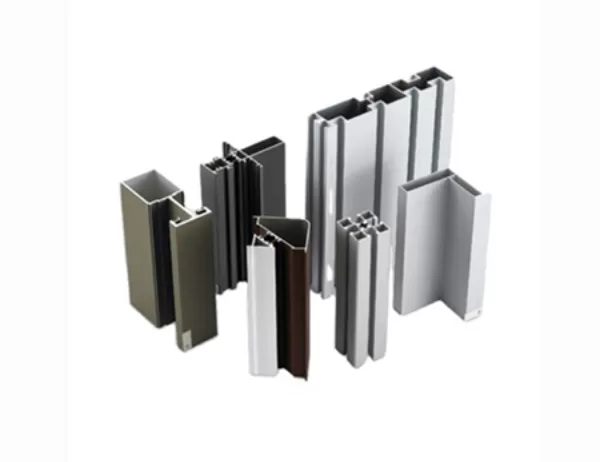The use of solar energy has gained significant traction globally as a sustainable and cost-effective alternative to traditional energy sources. To optimize the efficiency and durability of solar installations, various components are required to work together harmoniously, among which solar aluminum profiles play a crucial role. This article explores how solar aluminum profiles complement other solar installation components, highlighting their multifaceted contribution to the overall system.
Compatibility
Aluminum’s inherent compatibility with other components is one of its key advantages. Its lightweight and malleable nature enables it to be easily integrated with solar panels, mounting systems, and electrical components, ensuring a seamless fit and minimal disruption to the installation process. Furthermore, its corrosion resistance ensures long-term compatibility, preventing damage and maintaining system integrity.
Structural Support
Solar aluminum profiles provide robust structural support for solar panels, withstanding the weight of the panels and protecting them from external forces such as high winds and heavy snow loads. Their high strength-to-weight ratio allows them to bear significant loads without compromising their durability. Additionally, their adaptability allows for customized designs, ensuring compatibility with various panel dimensions and roof angles.
Grounding and Electrical Safety
Solar aluminum profiles play an integral role in the electrical safety of solar installations. Their conductive properties enable them to serve as grounding systems, ensuring that electrical currents are safely diverted away from the panels and other components. This helps prevent electrical hazards, protecting both the system and the surrounding environment. Moreover, aluminum’s non-combustible nature further enhances electrical safety, minimizing the risk of arc faults and potential fires.
Aesthetics and Durability
Solar aluminum profiles contribute to the overall aesthetics of solar installations. Their sleek and modern design complements the solar panels, creating a visually appealing rooftop or ground-mounted system. Their durable nature ensures that they withstand the elements, maintaining their appearance over time. Additionally, their resistance to corrosion and UV degradation ensures minimal maintenance requirements, reducing long-term costs.
Versatility and Flexibility
Aluminum’s versatility makes it suitable for various solar installation scenarios. Its formability allows for customized profiles that adapt to complex roof shapes and architectural constraints. This flexibility ensures that solar installations can be integrated seamlessly into existing structures or custom-designed to suit specific requirements. Its ability to be cut, bent, and shaped facilitates on-site adjustments and minimizes installation time.
Cost-Effectiveness and Longevity
Solar aluminum profiles offer a cost-effective solution for solar installations compared to other materials like steel. Their lightweight nature reduces transportation and installation costs, while their durability minimizes maintenance expenses over the long term. Furthermore, their resistance to corrosion and UV degradation extends their lifespan, further contributing to their cost-effectiveness.
Solar aluminum profiles are indispensable components in solar installations. Their multifaceted contribution, ranging from compatibility and structural support to electrical safety, aesthetics, and durability, makes them an essential part of optimizing the efficiency and longevity of solar systems. Their versatility, cost-effectiveness, and environmental friendliness further enhance their value. As the solar industry continues to expand, the role of solar aluminum profiles will remain pivotal in the transition towards a sustainable energy future.




